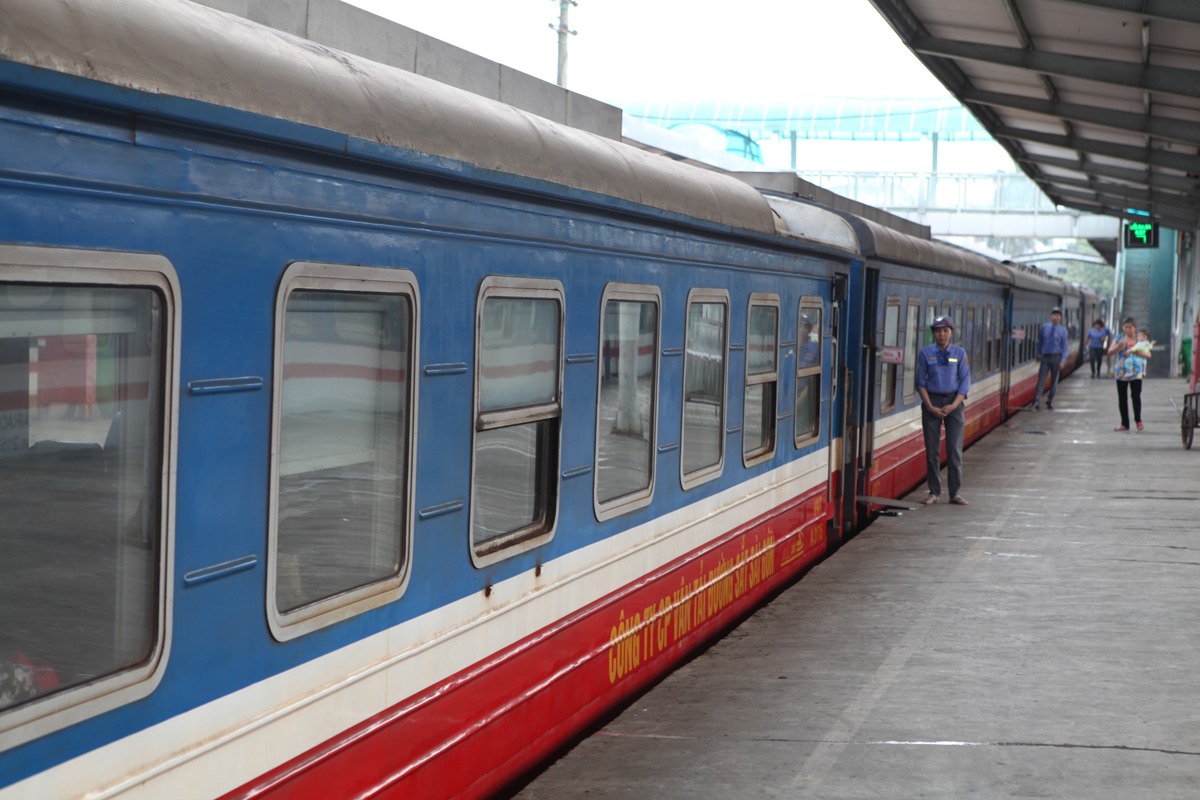8 July 2020 In Blog Post, Climate Change, COVID-19, Dialogue and Networking, Global, Public Transport, Railway, Sustainable Development
How close collaboration across the transport family can spread best practice and keep mobility chains open
François Davenne, Director General, UIC

UIC, as the technical platform for railway cooperation at the global level, is the place of exchange for best practice, bringing together many networks of experts.
In the context of COVID-19, the strength of these networks is used to give members and partners the possibility to regularly exchange information on status and about preventive measures and procedures, especially taking into account the fact that railways – along with other means of transport – present a favourable environment for the spread of the disease.
This is why UIC has launched the COVID-19 Task Force, which held its kick-off meeting by video conference on 5 March 2020.
Since then, and in the spirit of sharing current practices, UIC members and partner organisations have provided the Task Force with relevant information leading to the publication of a series of guidance documents: https://uic.org/covid-19/.
Key messages of UIC-Unife-UITP: Giving public transport a central place in the world of tomorrow
Read the Joint Statement: https://bit.ly/2MTwACJ.
Everyone felt the present COVID-19 crisis as a major rupture since it made obvious that today’s closely interconnected world brings together new risks. One consequence of which is an increased risk of epidemics. It shall not be forgotten that the other major ramification is the rising dangers of climate change, which has not stopped during the crisis.
Our world is more interconnected than ever before in history, bringing new risks – most evident today is the increased possibility of pandemics manifested as the COVID-19 crisis that has disrupted all our lives. However, that challenge which we face was also in part caused by the deepening consequences of climate change, a concurrent crisis that has not been slowed by this public health emergency.
For the transport sector, these two phenomena are closely linked. Mobility services provide the connectivity that enables increased trade and the ability of modern economies to create ever greater prosperity. Unfortunately, many available modes disproportionately generate greenhouse gas (GHG) emissions that have contributed to today’s disruptions. Unlike rail, unsustainable services are responsible for 22% of emissions that endanger natural ecosystems on which we depend on for our very lives, putting us in contact with novel pathogens.
However, rail and public transport are part of the solution. In Europe, rail accounts for 7.6% of passenger and 17.6% of freight transport, but only creates 0.5% of its GHG emissions. With regard to the average energy consumption, urban rail with its 0.12 kWh per passenger-km is 7 times more energy efficient than private cars in cities. Rail’s carbon footprint is significantly smaller than those of the other transport modes. Much of this efficiency stems from rail’s ability to convey mass amounts of passengers and goods with vehicles that are largely already electric.
Next steps
The customer experience must be revolutionised through the creation of a seamless multimodal mobility network that places rail at its backbone and utilises flow management to anticipate consumer patterns. It is possible to reform cumbersome elements of public transport which act as a barrier to usage. If we act now, public rail transport can be more widely associated with freedom, flexibility, and comfort.
In order to increase capacity, our networks need more infrastructure to handle ever-increasing mobility demands. It must be made intelligent to optimise existing system usage. This belief is already shaping how we design future networks. Those developments will revolve around autonomous vehicles, the Internet of Things and artificial intelligence. This will be made possible by focusing on a new telecommunications infrastructure that makes the best use of 5G technology, which is being worked on by the entire rail industry.
As we collectively rethink sustainable mobility, it is essential that transportation is not synonymous with individual vehicles. In order to do so, the public must understand rail’s value to urban life. Due to its higher capacity, its utilisation can make cities less congested and less polluted, while maintaining a multimodal system that adequately and equally serves metropolises, conurbations, and their surrounding regions. Public acceptance of autonomous rail vehicle integration into public transport infrastructure is key for improved mobility and diminished environmental impact.
The COVID-19 crisis will not go on forever. We will once again be able to safely meet, to talk to each other face-to-face, and to share a bus, tram, metro or train rides.
However, we will need the support of the European Union and its Member States. Public transport and the rail supply industry commends the European Commission’s new ‘Next Generation EU’ and 2021-2027 Multiannual Financial Framework (MFF) proposals, as well as their recent assessment of the ‘European Green Deal as the EU’s recovery strategy’ that requires ‘a boost for rail travel and clean mobility in our cities and regions’ to achieve climate neutrality. 2021 will be the European Year of Rail, but it must also celebrate sustainable mobility and public transportation. Today, we must maintain investment in new infrastructure projects, new rolling stock, and – above all – research. Given the clear successes of the Shift2Rail Joint Undertaking, it must be extended as Shift2Rail under Horizon Europe to provide the sector an ambitious innovation programme that aims to transform European transportation.
Our services and products have stood the test of this crisis, and we will continue to serve as needed. We are committed to building a new mobility paradigm for Europe’s sustainable future.
